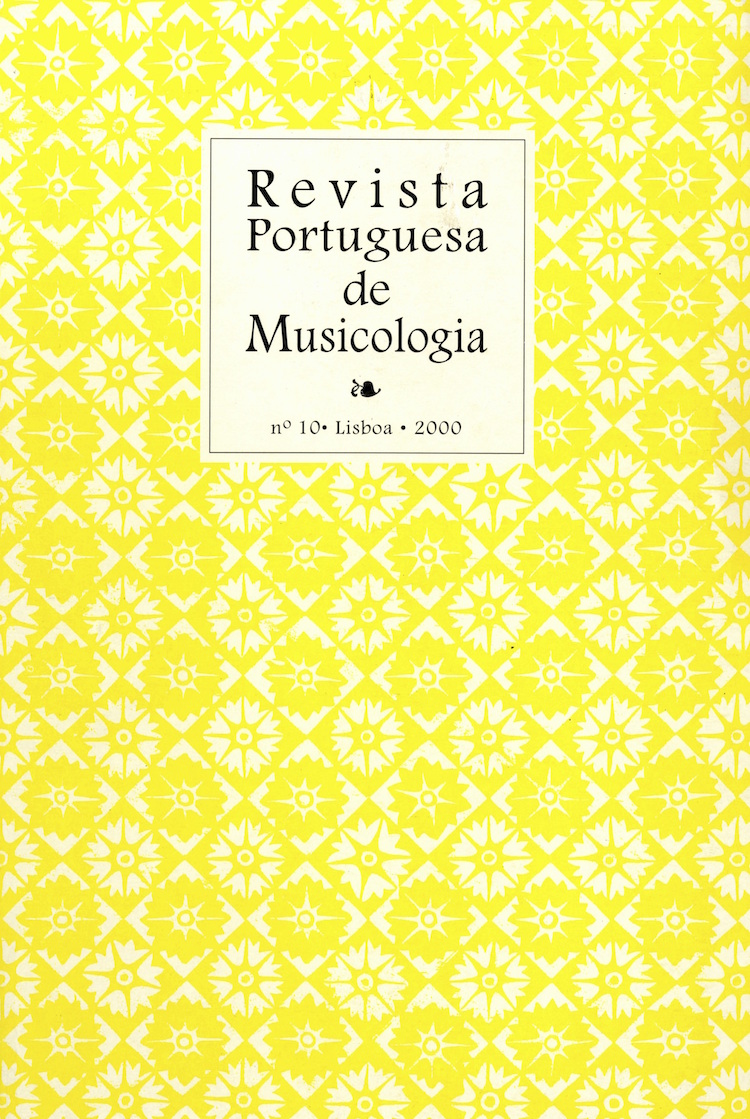Para uma leitura dramatúrgica e estilística de Serrana de Alfredo Keil
Abstract
This article presents a first analytical reading of the most representative Portuguese opera of the end of the nineteenth century based on a study of the vocal score, since a systematic study of the sources does not yet exist. Starting from the analysis of the harmony, the melody, the textures, etc., some of the relations between the music and the drama are explained, and the presence of some of the more common scenic and dramatic elements in late nineteenth-century opera is identified. The presence of a symphonic intermezzo is also discussed, reflecting the more recent symphonic tendencies in contemporary opera (namely in Puccini's Manon Lescauij, as well as the relationship between folk tunes collected by the composer in the region of Ferreira do Zêzere, and some of the most important moments in the opera.






